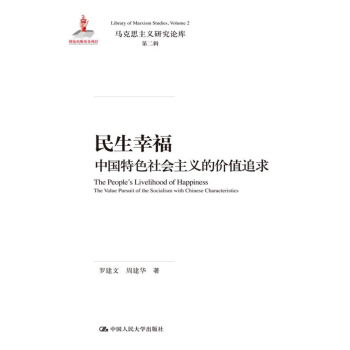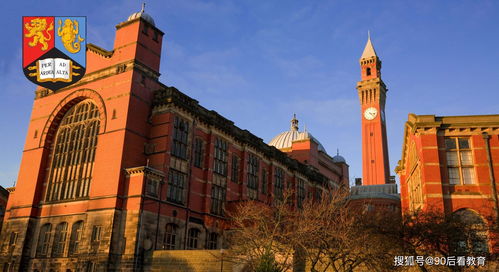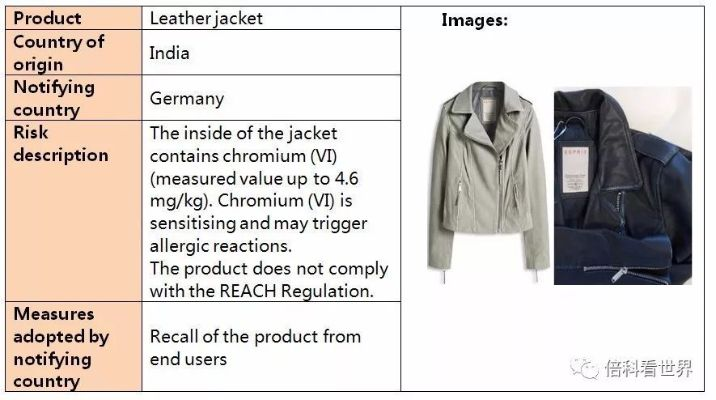The Characteristics of Chinese Textiles
: The Characteristics of Chinese Textiles,Chinese textiles, with their rich history and unique cultural significance, are characterized by a combination of traditional craftsmanship and modern technology. These fabrics have been woven and dyed using natural materials such as silk, cotton, and wool, which reflect the aesthetic values of Chinese culture. Chinese textiles are renowned for their exquisite designs, intricate patterns, and vibrant colors, often incorporating elements of nature and symbolism.,The weaving process in China is highly sophisticated, with techniques such as shuttle-weaving and looms that have been passed down through generations. The resulting fabrics are not only functional but also serve as works of art. Chinese textiles are used in various settings, from daily wear to formal occasions, and are often associated with festivals and celebrations.,In addition to their practical uses, Chinese textiles also play an important role in cultural exchange and tourism. They represent China's rich heritage and are often displayed at exhibitions and trade fairs around the world. As global markets continue to evolve, Chinese textiles are finding new opportunities to showcase their unique style and quality.
Chinese textiles, with their rich history and unique cultural significance, have captivated the world for centuries. From silk to cotton, each type embodies the essence of Chinese craftsmanship and design. In this essay, we will explore the characteristics of Chinese textiles, including their materials, patterns, techniques, and cultural significance.

Materials: Chinese textiles are made from a variety of materials, including silk, cotton, linen, hemp, and wool. Silk is the most famous material in Chinese textiles, known for its softness, smoothness, and luster. Cotton is another popular material, especially in the south of China. Linen is used for its durability and breathability. Hemp is commonly used for making rope and sacks. Wool is found in the north of China and is known for its warmth and comfort.
Patterns: Chinese textiles come in a wide range of patterns, reflecting the rich cultural heritage of China. Some common patterns include dragon motifs, lotus flowers, phoenixes, and traditional geometric designs. These patterns are often inspired by nature, history, and art. For example, the dragon motif is often seen on Chinese silk fabrics, representing good luck and prosperity. The lotus flower pattern is popular in southern China, symbolizing purity and beauty.
Techniques: Chinese textiles are produced using various techniques, including weaving, embroidery, and dyeing. Weaving is the most common technique used to make Chinese textiles, which can be simple or complex. Embroidery is an intricate technique that involves stitching small designs onto the fabric. Dyeing is a process that involves applying colors to the fabric using natural or synthetic dyes.
Cultural Significance: Chinese textiles hold great cultural significance in Chinese society. They are not only used for practical purposes but also as symbols of wealth, status, and power. For example, silk is considered a symbol of elegance and luxury, while cotton is associated with simplicity and strength. Chinese textiles are also used in festivals and celebrations to express gratitude and blessings.
Case Study: One example of Chinese textiles that showcases their unique characteristics is the "Silk Road" scarf. This scarf is made from high-quality silk yarn and features intricate patterns and designs inspired by ancient Chinese art and culture. The scarf is not only beautiful but also functional, providing warmth and protection against the elements. Another example is the "Lotus Flower" embroidery pillow, which is hand-embroidered with delicate threads and represents the beauty and purity of nature. These examples demonstrate the creativity and skill of Chinese textile artisans and their ability to combine form and function to create works of art that are both aesthetically pleasing and functional.
In conclusion, Chinese textiles are a testament to the rich history and culture of China. With their diverse materials, patterns, techniques, and cultural significance, Chinese textiles continue to captivate people around the world. Whether you're looking for practical items like clothes or decorative pieces like wall hangings, Chinese textiles offer something for everyone. So why not try your hand at some Chinese textile crafts yourself? You might just discover a new passion for this ancient art form!

中式纺织品概述
中式纺织品是中国传统工艺与文化的瑰宝,以其独特的手工制作、精细的工艺和丰富的文化内涵而闻名,这些纺织品不仅具有美观的外观,还承载着深厚的文化底蕴和历史传承,以下是中式纺织品的主要特点:
中式纺织品的特点
- 手工制作:中式纺织品以手工编织、刺绣、印花等传统工艺为主,体现了中国劳动人民的精湛技艺和匠心独运。
- 材质多样:中式纺织品采用多种天然或人工合成材料,如丝绸、麻布、棉布等,具有透气性好、吸湿性强、保暖性强等特点。
- 色彩丰富:中式纺织品色彩丰富多样,图案精美,常采用中国传统色彩元素,如红、黄、蓝、黑等,以及各种图案和纹样。
- 图案独特:中式纺织品图案独特,讲究对称、平衡、和谐,具有很高的艺术价值。
- 文化内涵深厚:中式纺织品不仅具有实用功能,还承载着深厚的文化内涵,它们常常融入中国传统文化元素,如吉祥图案、寓意符号等,体现了中国文化的独特魅力。
案例说明
以下是一个中式纺织品案例,以英文表格形式补充说明其特点: Traditional Chinese Textiles: A Case Study in Characteristics

- 材料选择:该中式纺织品主要采用天然丝绸作为主要材料,结合其他合成材料,如麻布和棉布,以适应不同的使用需求。
- 工艺特点:该纺织品的手工制作工艺精湛,注重细节和工艺的完美结合,刺绣和印花技术运用得当,图案精美,具有很高的艺术价值。
- 文化内涵:该纺织品融入了中国传统文化元素,如吉祥图案和寓意符号等,体现了中国文化的独特魅力,这些图案不仅具有实用功能,还承载着深厚的文化内涵。
英文表格补充说明
以下是英文表格补充说明中式纺织品的特点:
| 特点描述 | 中文说明 | 英文描述 |
|---|---|---|
| 手工制作 | 采用传统工艺进行制作 | Handcrafted using traditional techniques |
| 材质多样性 | 多种天然或人工合成材料 | Variety of natural or synthetic materials |
| 色彩丰富 | 传统中国色彩元素 | Colorful traditional Chinese colors and elements |
| 图案独特 | 讲究对称、平衡、和谐 | Unique patterns that pay attention to symmetry, balance, and harmony |
| 文化内涵深厚 | 承载着深厚的文化底蕴和历史传承 | Carries deep cultural heritage and historical legacy |
| 应用领域广泛 | 适用于各种场合和用途 | Wide range of applications in various occasions and uses |
中式纺织品以其独特的手工制作、丰富的文化内涵和多样的材质等特点,成为了中国传统工艺与文化的瑰宝,它们不仅具有美观的外观,还承载着深厚的文化底蕴和历史传承,在当今全球化的背景下,中式纺织品仍然具有很大的市场潜力和发展前景。
Articles related to the knowledge points of this article:
Navigating the Global Fabrics:The Journey of Jiangyin Jinti Textiles
Transforming the Textile Landscape:The Story of Tongxiang AoLur Textiles
The Fabric of Future:Embracing the 21st Century Textile Revolution
Transforming Textiles:The Journey of Foshan Jiuzhu Textiles



